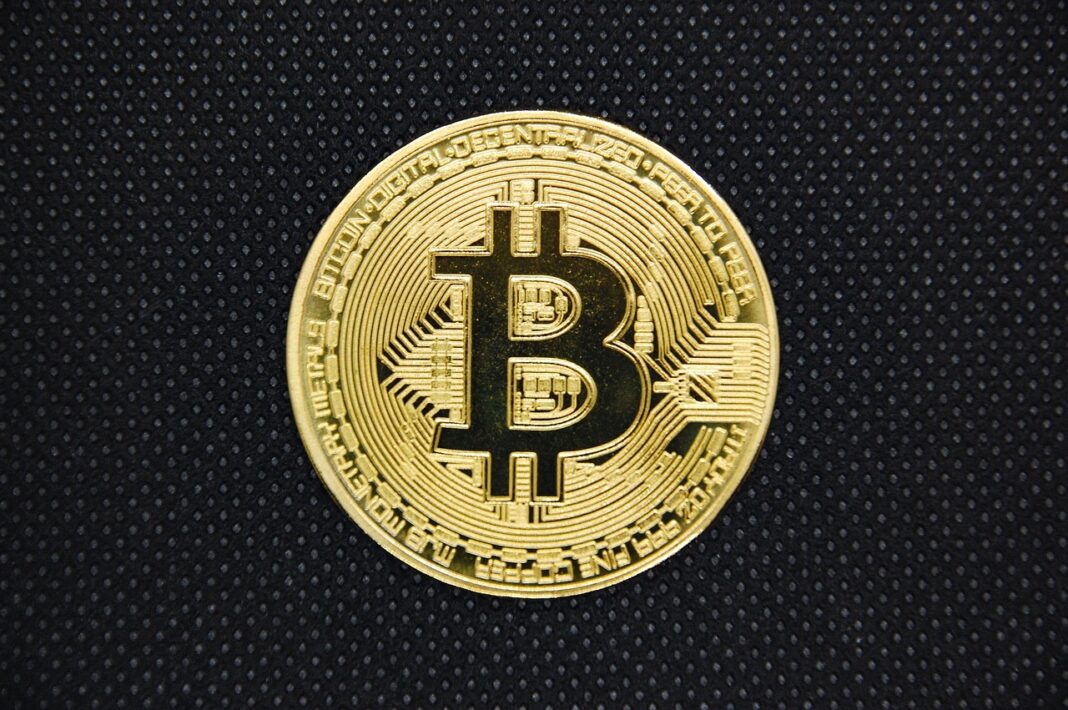Decentralized Finance (DeFi) has rapidly transformed the financial landscape, offering innovative solutions for lending, borrowing, trading, and more. As we look towards 2025, it’s crucial to understand the emerging trends shaping the future of DeFi. This blog post delves into the key advancements, challenges, and opportunities that will define DeFi in the coming years, providing a comprehensive overview for both seasoned DeFi enthusiasts and newcomers alike.
Institutional Adoption of DeFi
The Growing Interest from Institutions
Institutional investors are increasingly recognizing the potential of DeFi to generate higher yields and diversify investment portfolios. This interest is driving the development of DeFi solutions tailored to meet institutional requirements.
- Demand for Regulation Compliance: Institutions require compliant DeFi platforms that adhere to regulatory standards, including KYC (Know Your Customer) and AML (Anti-Money Laundering) regulations.
- Secure and Auditable Infrastructure: Institutional grade custody solutions and robust auditing processes are critical for safeguarding large amounts of capital.
- Example: Several platforms are developing “permissioned DeFi” solutions, allowing institutions to participate in DeFi while adhering to regulatory frameworks. Aave Arc, for example, provides a framework for institutions to access DeFi lending and borrowing in a compliant manner.
Real-World Asset (RWA) Integration
The tokenization of real-world assets (RWAs) is expected to significantly expand the DeFi ecosystem by bringing traditional assets like real estate, commodities, and equities onto blockchain.
- Benefits of RWA Tokenization:
Increased liquidity for illiquid assets.
Fractional ownership, making assets more accessible to a wider range of investors.
Enhanced transparency and efficiency in asset management.
- Examples:
Tokenized real estate platforms allowing investors to purchase fractions of properties.
Gold-backed stablecoins offering exposure to precious metals via DeFi protocols.
Layer-2 Scaling Solutions and Cross-Chain Interoperability
Addressing Scalability Challenges
Ethereum’s mainnet has faced scalability issues, resulting in high transaction fees and slow processing times. Layer-2 (L2) scaling solutions offer a way to alleviate these problems.
- Rollups: Optimistic rollups and zk-rollups process transactions off-chain and bundle them into a single transaction on the main chain, significantly increasing throughput.
- Sidechains: Sidechains are independent blockchains that run parallel to the main chain, allowing for faster and cheaper transactions.
- Actionable Takeaway: Expect to see widespread adoption of L2 solutions by 2025, making DeFi more accessible and affordable for everyday users. Arbitrum, Optimism, and zkSync are leading L2 solutions to watch.
Cross-Chain Communication
The future of DeFi involves seamless interaction between different blockchain networks.
- Importance of Interoperability: Cross-chain protocols enable users to move assets and data between different blockchains, unlocking new opportunities for composability and efficiency.
- Examples:
Decentralized bridges facilitating the transfer of tokens between Ethereum, Binance Smart Chain, and other networks.
Cross-chain lending platforms allowing users to borrow assets on one chain using collateral from another.
- Key Technologies: Cosmos, Polkadot, and LayerZero are examples of protocols aiming to facilitate cross-chain interoperability.
The Rise of Decentralized Autonomous Organizations (DAOs)
Enhanced Governance and Community Engagement
DAOs are transforming the way DeFi projects are governed, allowing token holders to participate in decision-making processes.
- Benefits of DAO Governance:
Increased transparency and accountability.
Community-driven development and innovation.
More equitable distribution of power.
- DAO Structures: Different DAO models are emerging, each with its own governance mechanisms and tokenomics.
- Practical Application: Consider participating in DAOs governing your favorite DeFi protocols to have a say in their future direction. Platforms like Snapshot make it easier for DAOs to manage voting.
DAO Tooling and Infrastructure
As DAOs become more prevalent, the need for robust tooling and infrastructure is growing.
- Tools for DAO Management: Platforms offering tools for voting, treasury management, and community communication are becoming essential.
- Security and Auditing: Ensuring the security of DAO treasuries and governance processes is paramount. Smart contract audits and multi-signature wallets are critical security measures.
Innovation in DeFi Products and Services
Advanced Yield Optimization Strategies
DeFi protocols are constantly innovating to offer users more sophisticated ways to earn yield.
- Automated Yield Aggregators: Platforms that automatically allocate funds to the highest-yielding strategies across different DeFi protocols.
- Structured Products: DeFi structured products that combine different DeFi assets and strategies to offer customized risk-reward profiles.
- Example: Platforms like Yearn Finance and Beefy Finance automate yield farming across various DeFi protocols, optimizing returns for users.
Decentralized Insurance
Decentralized insurance protocols offer coverage against various risks in the DeFi ecosystem, such as smart contract failures and impermanent loss.
- Benefits of DeFi Insurance:
Transparent and trustless insurance solutions.
Coverage for risks specific to the DeFi ecosystem.
* Community-driven risk assessment and claims processes.
- Examples: Nexus Mutual and InsurAce are decentralized insurance protocols that provide coverage for smart contract exploits and other risks.
Conclusion
As we journey towards 2025, the DeFi landscape promises to be even more dynamic and transformative. The adoption of institutional capital, the integration of real-world assets, the advancements in layer-2 scaling and cross-chain interoperability, the rise of DAOs, and the innovation in DeFi products and services all point towards a future where decentralized finance becomes an integral part of the global financial system. Staying informed about these trends and actively participating in the DeFi ecosystem will be crucial for navigating this exciting and evolving landscape.




